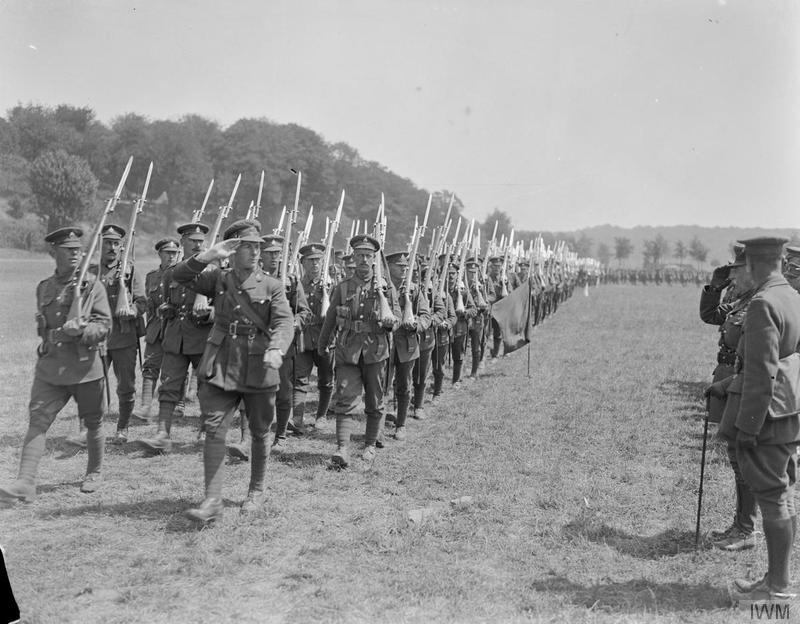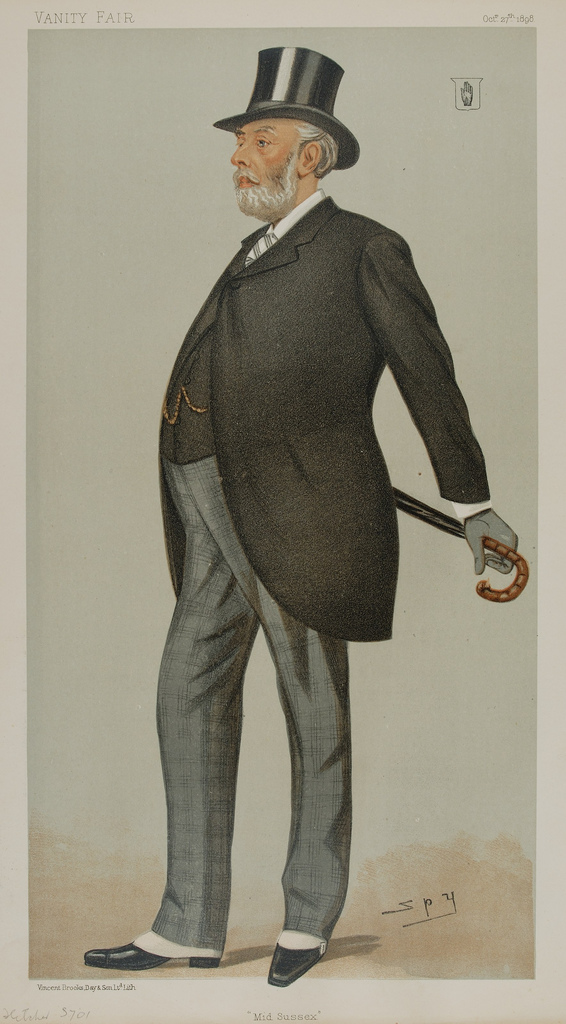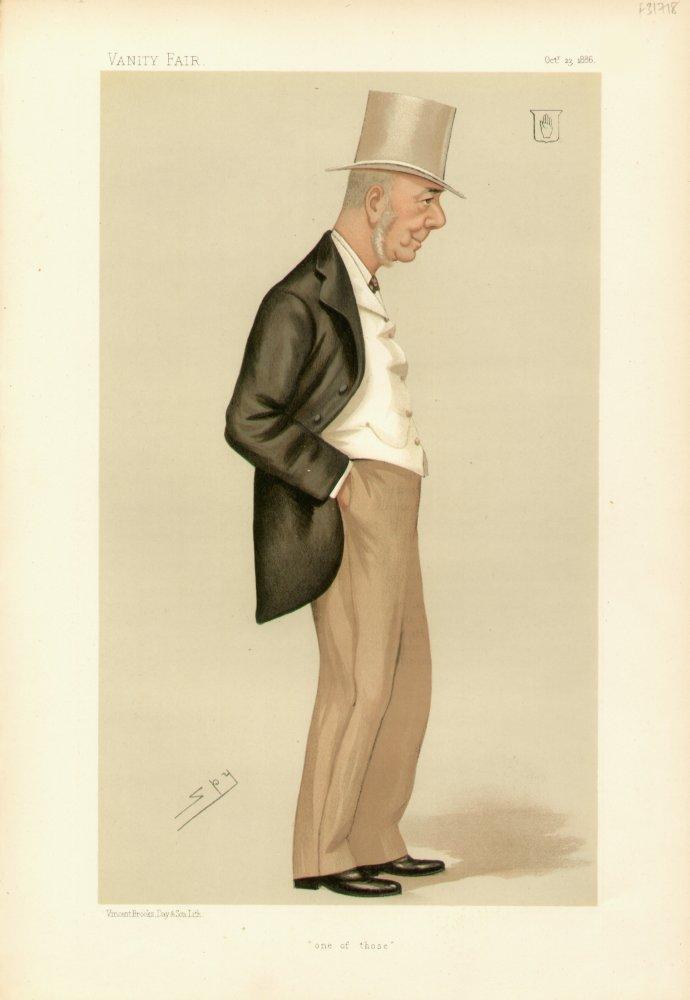|
4th Battalion, Royal Sussex Regiment
The 2nd Sussex Rifle Volunteers was a part-time unit of the British Army first raised from the county of Sussex in 1859. It later became the 4th Battalion, Royal Sussex Regiment. A detachment served in the Second Boer War. During the First World War, the battalion fought at Gallipoli, in Sinai and Palestine, and then in the final months of the war on the Western Front. In the Second World War, both the battalion and its duplicate served in the Battle of France and were evacuated from Dunkirk. The 4th Battalion then fought at the Second Battle of El Alamein, and served in the Middle East until the end of the war. It continued in the postwar Territorial Army until it lost its individual identity in a series of mergers from 1967. Volunteer Force An invasion scare in 1859 led to the emergence of the Volunteer Movement, and Rifle Volunteer Corps (RVCs) began to be organised throughout Great Britain. A number of these were raised in Sussex, and three Administrative Battalions were fo ... [...More Info...] [...Related Items...] OR: [Wikipedia] [Google] [Baidu] |
Royal Sussex Regiment
The Royal Sussex Regiment was a line infantry regiment of the British Army that was in existence from 1881 to 1966. The regiment was formed in 1881 as part of the Childers Reforms by the amalgamation of the 35th (Royal Sussex) Regiment of Foot and the 107th Regiment of Foot (Bengal Light Infantry). The regiment saw service in the Second Boer War, and both World War I and World War II. On 31 December 1966, the Royal Sussex Regiment was amalgamated with the other regiments of the Home Counties Brigade – the Queen's Royal Surrey Regiment, the Queen's Own Buffs, The Royal Kent Regiment, and the Middlesex Regiment (Duke of Cambridge's Own) – to form the Queen's Regiment; which was later, on 9 September 1992, amalgamated with the Royal Hampshire Regiment to form the present Princess of Wales's Royal Regiment (Queen's and Royal Hampshires). History 1881–1914 The regiment was formed in 1881 as part of the Childers Reforms by the amalgamation of the 35th (Royal Sussex) Regi ... [...More Info...] [...Related Items...] OR: [Wikipedia] [Google] [Baidu] |
Fifth Battle Of Ypres
The Fifth Battle of Ypres, also called the Advance in Flanders and the Battle of the Peaks of Flanders (french: Bataille des Crêtes de Flandres) is an informal name used to identify a series of World War I battles in northern France and southern Belgium (Flanders) from late September to October 1918. Background After the German spring offensive of 1918 failed to achieve a decisive victory, German morale waned and the increasing numbers of American soldiers arriving on the Western Front gave the Allies a growing numerical advantage over the western armies of the German Empire. To take advantage of this Marshal of France Ferdinand Foch developed a strategy which became known as the Grand Offensive, in which attacks were made on the German lines over as wide a front as possible. Belgian, British and French forces around the Ypres Salient were to form the northern pincer of an offensive towards the Belgian city of Liège. The British Second Army had followed up some minor withdr ... [...More Info...] [...Related Items...] OR: [Wikipedia] [Google] [Baidu] |
Western Front (World War I)
The Western Front was one of the main theatres of war during the First World War. Following the outbreak of war in August 1914, the German Army opened the Western Front by invading Luxembourg and Belgium, then gaining military control of important industrial regions in France. The German advance was halted with the Battle of the Marne. Following the Race to the Sea, both sides dug in along a meandering line of fortified trenches, stretching from the North Sea to the Swiss frontier with France, which changed little except during early 1917 and in 1918. Between 1915 and 1917 there were several offensives along this front. The attacks employed massive artillery bombardments and massed infantry advances. Entrenchments, machine gun emplacements, barbed wire and artillery repeatedly inflicted severe casualties during attacks and counter-attacks and no significant advances were made. Among the most costly of these offensives were the Battle of Verdun, in 1916, with a combined 700,000 ... [...More Info...] [...Related Items...] OR: [Wikipedia] [Google] [Baidu] |
Sussex
Sussex (), from the Old English (), is a historic county in South East England that was formerly an independent medieval Anglo-Saxon kingdom. It is bounded to the west by Hampshire, north by Surrey, northeast by Kent, south by the English Channel, and divided for many purposes into the ceremonial counties of West Sussex and East Sussex. Brighton and Hove, though part of East Sussex, was made a unitary authority in 1997, and as such, is administered independently of the rest of East Sussex. Brighton and Hove was granted city status in 2000. Until then, Chichester was Sussex's only city. The Brighton and Hove built-up area is the 15th largest conurbation in the UK and Brighton and Hove is the most populous city or town in Sussex. Crawley, Worthing and Eastbourne are major towns, each with a population over 100,000. Sussex has three main geographic sub-regions, each oriented approximately east to west. In the southwest is the fertile and densely populated coastal plain. Nort ... [...More Info...] [...Related Items...] OR: [Wikipedia] [Google] [Baidu] |
British Army
The British Army is the principal land warfare force of the United Kingdom, a part of the British Armed Forces along with the Royal Navy and the Royal Air Force. , the British Army comprises 79,380 regular full-time personnel, 4,090 Gurkhas, and 28,330 volunteer reserve personnel. The modern British Army traces back to 1707, with antecedents in the English Army and Scots Army that were created during the Restoration in 1660. The term ''British Army'' was adopted in 1707 after the Acts of Union between England and Scotland. Members of the British Army swear allegiance to the monarch as their commander-in-chief, but the Bill of Rights of 1689 and Claim of Right Act 1689 require parliamentary consent for the Crown to maintain a peacetime standing army. Therefore, Parliament approves the army by passing an Armed Forces Act at least once every five years. The army is administered by the Ministry of Defence and commanded by the Chief of the General Staff. The Brit ... [...More Info...] [...Related Items...] OR: [Wikipedia] [Google] [Baidu] |
Lashmer Whistler
General Sir Lashmer Gordon Whistler, (3 September 1898 – 4 July 1963), known as "Bolo", was a British Army officer who served in both the world wars. A junior officer during the First World War, during the Second World War he achieved senior rank serving with Field Marshal Sir Bernard Montgomery in North Africa and North-western Europe from 1942 to 1945. Montgomery considered that Whistler "was about the best infantry brigade commander I knew". In peacetime, his outstanding powers of leadership were shown in a series of roles in the decolonisation process, and he reached the four-star rank of a full general, without having attended the Staff College, Camberley, then considered almost essential for an officer wishing to attain high rank, and which a significant majority of the British generals of the war had attended. This, in Richard Mead's words, was, "proof that lacking a Staff College qualification was no barrier to advancement for the right man." Early life and military ... [...More Info...] [...Related Items...] OR: [Wikipedia] [Google] [Baidu] |
William Campion (governor)
Sir William Robert Campion, (3 July 1870 – 2 January 1951) was a British soldier, politician, and the 21st Governor of Western Australia from 1924 to 1931. Early years Born in London, England on 3 July 1870, Campion was educated at Eton College and the University of Oxford, and was the Conservative MP for Lewes from 1910 to 1924. Military career Campion was commissioned into the part-time 2nd Volunteer Battalion, Royal Sussex Regiment, later 4th Battalion, Royal Sussex Regiment (of which his father was Honorary Colonel) in 1888. On the outbreak of World War I he was the battalion's senior Captain with the rank of honorary Major.''Army List'', various dates. He became Lieutenant-Colonel of the 1st Line battalion (1/4th Royal Sussex) and commanded it in the Gallipoli campaign.Maj C.H. Dudley Ward, ''History of the 53rd (Welsh) Division (T.F.) 1914–1918'', Cardiff: Western Mail, 1927/Uckfield: Naval & Military, 2004, ISBN 978-1-845740-50-4, p. 249. At its first action, ... [...More Info...] [...Related Items...] OR: [Wikipedia] [Google] [Baidu] |
Henry Fitzalan-Howard, 15th Duke Of Norfolk
Henry Fitzalan-Howard, 15th Duke of Norfolk, (27 December 184711 February 1917), styled Lord Maltravers until 1856 and Earl of Arundel and Surrey between 1856 and 1860, was a British Unionist politician and philanthropist. He served as Postmaster General between 1895 and 1900, but is best remembered for his philanthropic work, which concentrated on Roman Catholic causes and the city of Sheffield. Background Norfolk was the eldest son of Henry Fitzalan-Howard, 14th Duke of Norfolk, and Augusta Mary Minna Catherine, younger daughter of Edmund Lyons, 1st Baron Lyons. Edmund Fitzalan-Howard, 1st Viscount Fitzalan of Derwent, was his younger brother. The Duke was first educated at The Oratory School, but owing to restrictions from the Catholic Hierarchy he was unable to attend either Oxford or Cambridge Universities. His higher education instead consisted of a Grand Tour of Europe around 1867 under the guidance of classical scholar and biographer Robert Ornsby. Public career Norfol ... [...More Info...] [...Related Items...] OR: [Wikipedia] [Google] [Baidu] |
Sir Henry Fletcher, 4th Baronet
Sir Henry Aubrey-Fletcher, 4th Baronet, (24 September 1835 – 19 May 1910), born Henry Fletcher, was a Member of Parliament in the United Kingdom. The eldest son and second child of Sir Henry Fletcher, 3rd Baronet (born 1807) and Emily Maria Browne, he succeeded to the baronetcy on 6 September 1851 upon the death of his father. In 1903, he had his name changed under Royal Licence to Henry Aubrey-Fletcher to reflect his inheritance from the Aubrey estate. Before his service in Parliament, he had been a Lieutenant in the Grenadier Guards and then after retirement from the Regular Army he had been appointed a supernumerary Lieutenant-Colonel in the part-time 2nd Sussex Rifle Volunteers on 6 May 1874. He succeeded to the command of the battalion in 1882 and held it until 1897. Then as a Colonel he commanded the Sussex & Kent Volunteer Infantry Brigade until 1904. He was Chairman of the National Rifle Association and during the Boer War was a strong advocate that rifle clubs should ... [...More Info...] [...Related Items...] OR: [Wikipedia] [Google] [Baidu] |
Sir Walter Barttelot, 1st Baronet
Sir Walter Barttelot, 1st Baronet, (10 October 1820 – 2 February 1893) was a Conservative Party politician in the United Kingdom who served as Member of Parliament for several constituencies. Life A member of an ancient Sussex family, Barttelot was the son of George Barttelot and his wife Emma (née Woodbridge). He was educated at Rugby School and then served in the 1st Royal Dragoons, purchasing his captaincy on 7 February 1845. After retirement from the army he raised the 6th (Petworth) Sussex Rifle Volunteer Corps on 15 February 1860 and was promoted to major to command the 2nd Administrative Battalion, Sussex Rifle Volunteer Corps on 26 April 1860.''Army List'', various dates. He continued to command the 2nd Sussex Rifle Volunteers until he became its Honorary Colonel in 1882. In December 1860 he was elected as a Member of Parliament for West Sussex, which he served until 1885 when he became member for Horsham, serving until his death. Horsham's Barttelot Road off the ... [...More Info...] [...Related Items...] OR: [Wikipedia] [Google] [Baidu] |
Second Battle Of El Alamein
The Second Battle of El Alamein (23 October – 11 November 1942) was a battle of the Second World War that took place near the Egyptian Railway station, railway halt of El Alamein. The First Battle of El Alamein and the Battle of Alam el Halfa had prevented the Axis powers, Axis from advancing further into Egypt. In August 1942, General (United Kingdom), General Claude Auchinleck had been relieved as Commander-in-Chief Middle East Command and his successor, Lieutenant-General William Gott was killed on his way to replace him as commander of the Eighth Army (United Kingdom), Eighth Army. Lieutenant-general (United Kingdom), Lieutenant-General Bernard Montgomery was appointed and led the Eighth Army offensive. The British victory was the beginning of the end of the Western Desert Campaign, eliminating the Axis threat to Egypt, the Suez Canal and the Middle Eastern and Persian oil fields. The battle revived the morale of the Allies, being the first big success against the Axis sin ... [...More Info...] [...Related Items...] OR: [Wikipedia] [Google] [Baidu] |





